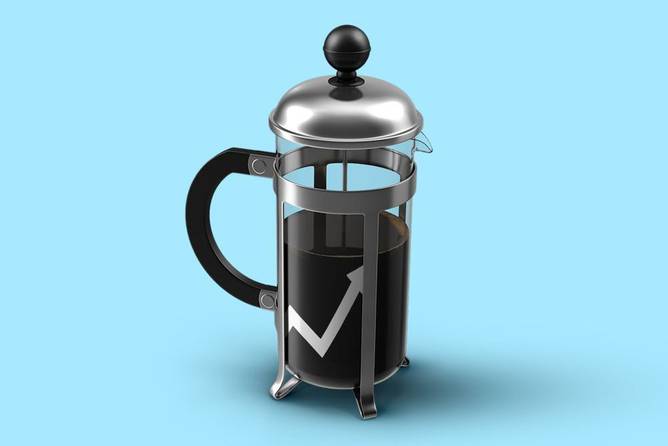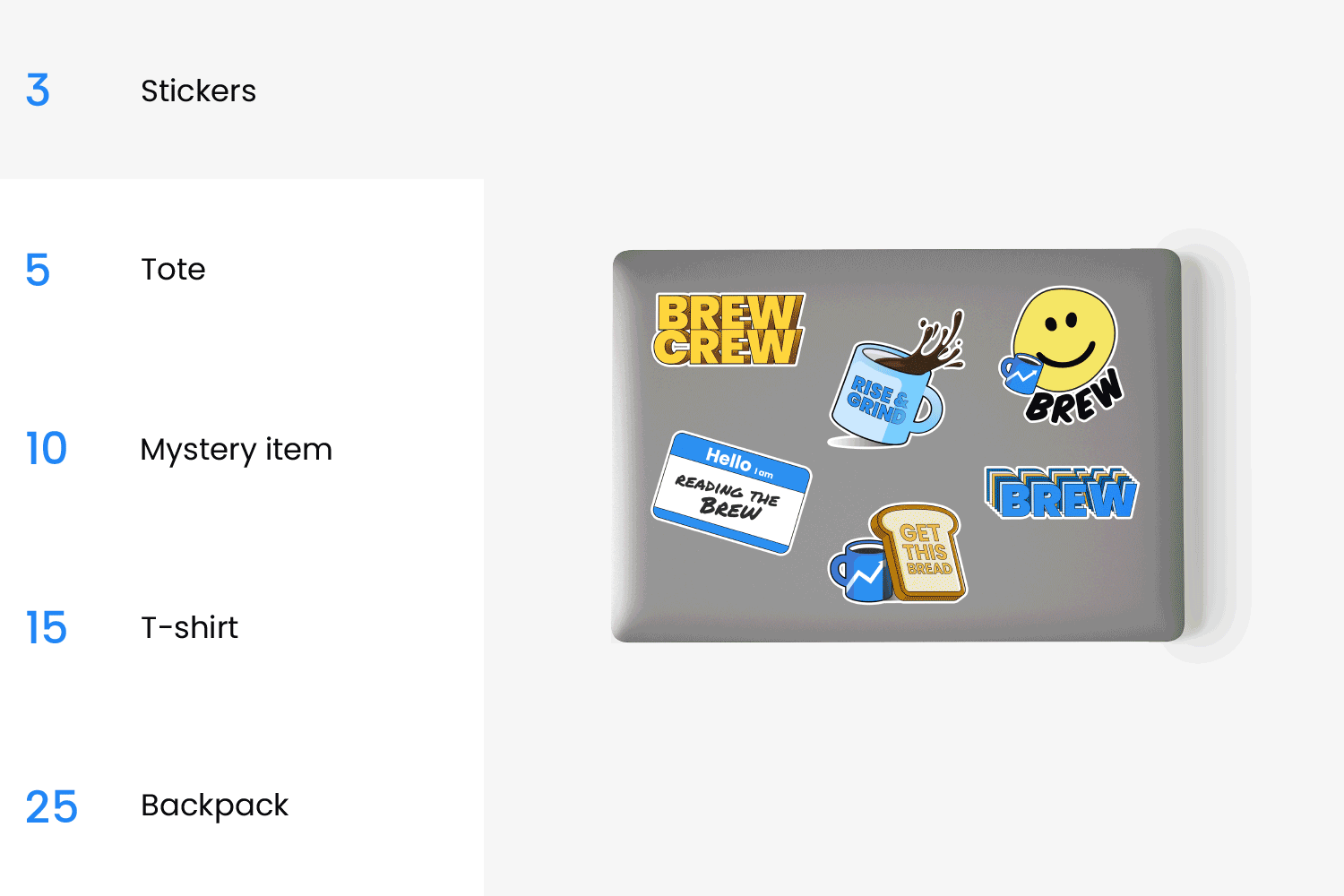|
Chances are high that you’ve seen at least one truck with an ad on the side and assumed the truck was carrying that brand’s products. Chances are also high that wasn’t the case.
Across North America, last-mile delivery trucks in major cities carrying everything from lobsters to appliances are advertising on behalf of brands like Glossier, Crown Affair, Jolie, and Olipop with the help of out-of-home advertising companies like Adgile.
The company, which connects small businesses with unbranded trucks with brands eager to advertise, began operations in 2020 and has since completed more than 400 campaigns. In 2022, Adgile made $1.7 million in revenue, which nearly doubled last year to $3.3 million, according to co-founder and CEO Tom Shea. So far this year, it’s already pulled in $2.5 million, which Shea said is a “big change.”
Much of that change might have to do with the results seen to date. When speaking with recurring clients, Shea told us that “what [he] heard from them was, ‘We like this form of advertising because it’s the only form of advertising that no one knows is a form of advertising.”
We spoke with Shea about the stealthy way that Adgile is looking to change the out-of-home (OOH) industry.
Billboard on wheels: The idea of a “mobile billboard” first came to Shea and his co-founder Max Flannery as a digital screen on the side of an interstate shipping truck. It soon became clear that the costs of digital signage were simply too high to be feasible, so they decided to focus on building an OOH attribution model for static ads and home in on more local markets. But even that came with risks.
“There are a lot of variables that can make something unattractive in this context,” Shea said. “What if [the truck is] on the road four days a week, but it’s only on the road four hours a day? What if it’s only driving during nighttime to avoid city congestion? The average truck is not performing from a return-on-ad-spend or growth marketing perspective.”
Continue reading here.—KH
|











